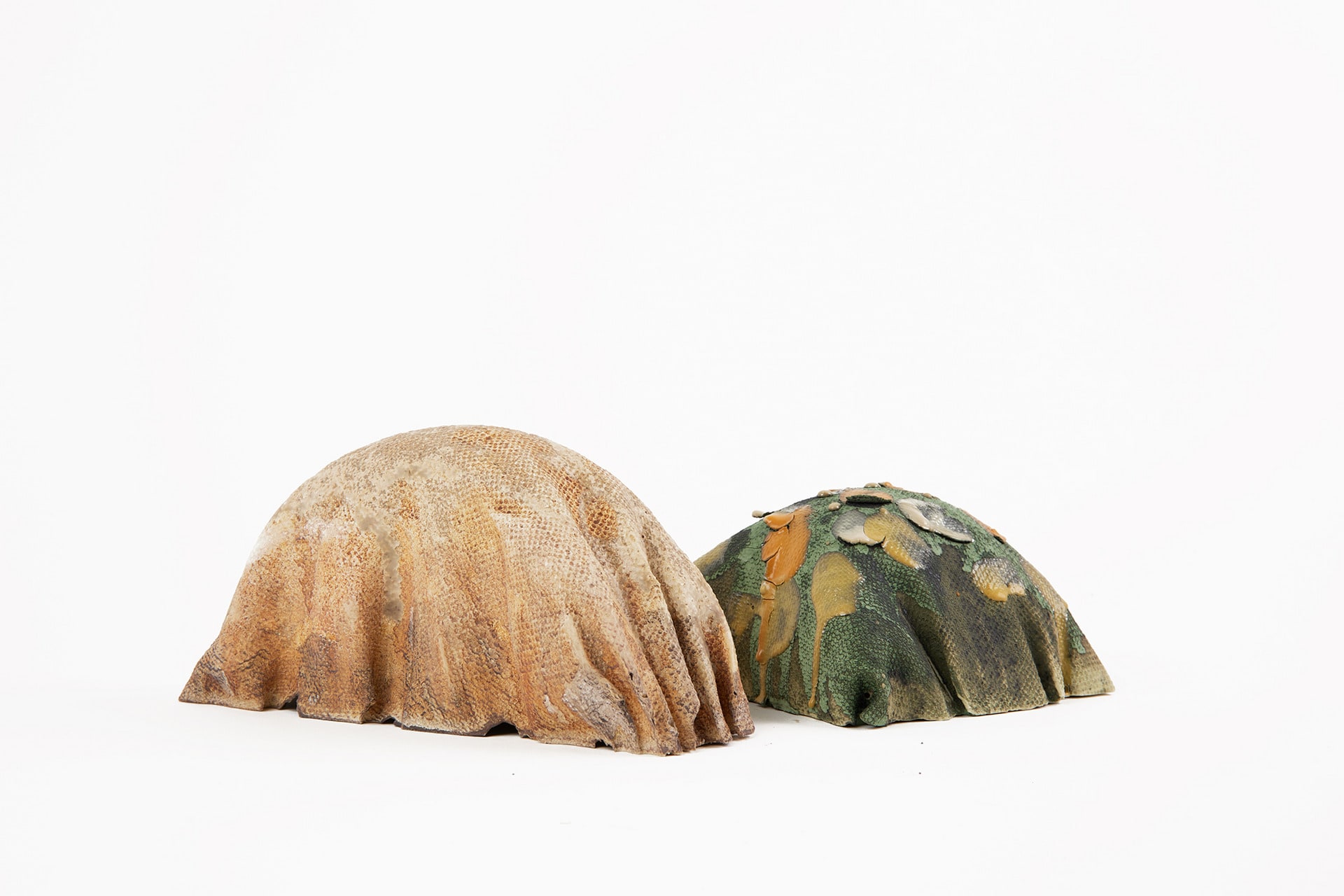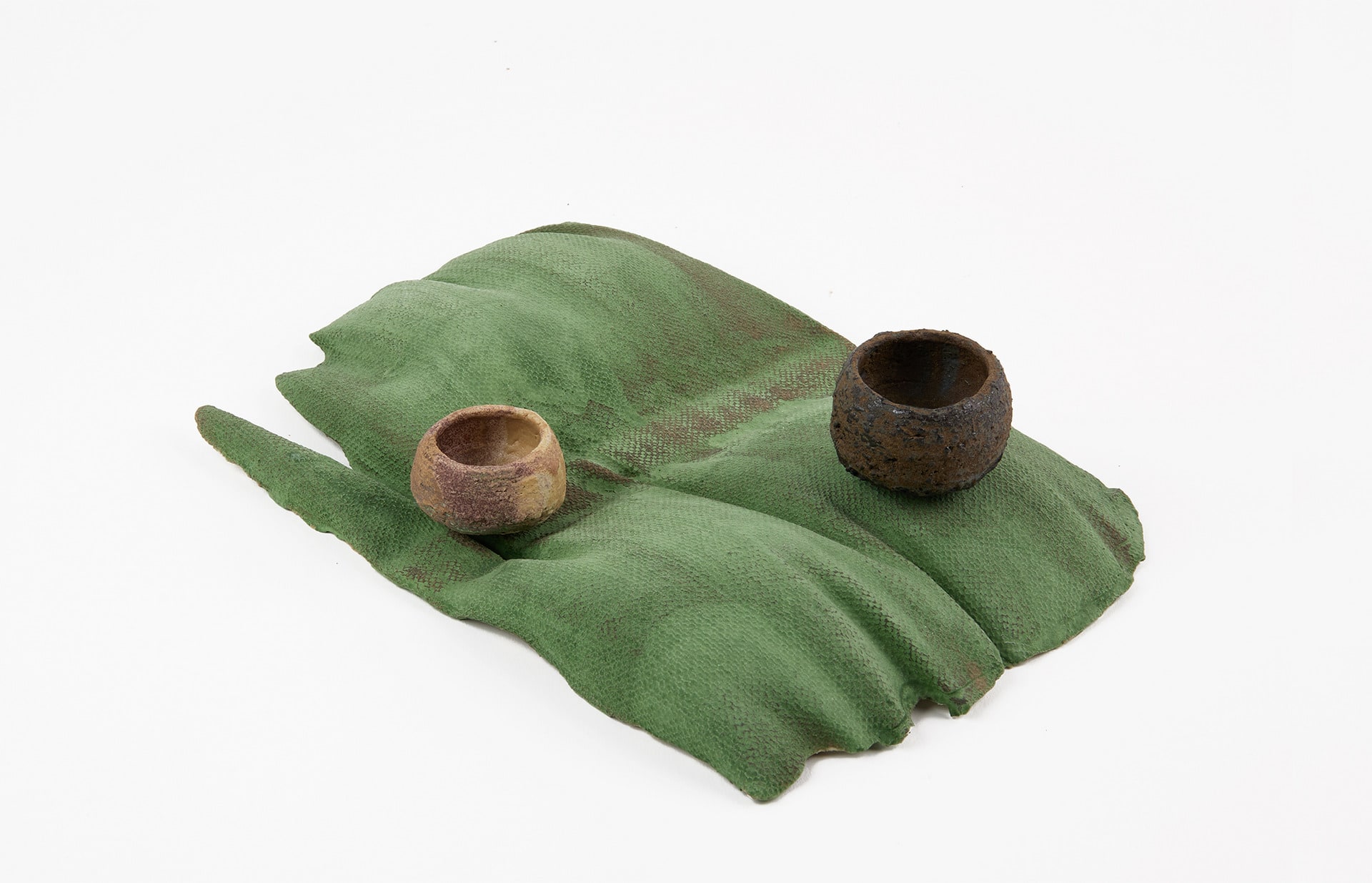"The country finds itself in the hands of new managers; but the fact is that everything needs to be reformed and everything thought out anew. In reality the colonial system was concerned with certain forms of wealth and certain resources only - precisely those which provisioned her own industries. Up to the present no serious effort had been made to estimate the riches of the soil or of mineral resources."
(Frantz Fanon, The Wretched of the Earth)
BUT WHY? Why do it yourself? It’s fucking slow! You don’t know anything about this stuff and time is slipping away… and you are getting old! Like just pay someone to do it for you.
You want to change your space?
You want to transform it? You want to build something for yourself or your family? Get a full-time job! Then buy something!
…Everyone is getting sick and there are no jobs, not in Berlin, Vancouver, definitely-not-London. Just make something. Today. to pass the time, who cares. What do you need? You need tools – steal them, you need clay – it’s cheap/free. Just make it in the simplest way possible.
You don’t have a ‘site’. There are no sites left. You are too late…
..You were the site.
"The human and its subcategory, the inhuman, are historically relational to a discourse of settler-colonial rights and material practices of extraction, which is to say that the categorization of matter is a spatial execution, of place, land, and person cut from relation through geographic displacement (and relocation through forced settlement and transatlantic slavery).That is, racialization belongs to a material categorization of the division of matter (corporeal and mineralogical) into active and inert."
(Kathryn Yusoff, A Billion Black Anthropocenes or None)
This work comes after origin stories, after replanted maroons, insurgent soils, and inhuman perspectives, after my ancestors who never invented anything, and those whose only journeys were uprootings.
Despite the archive, here are new bonds with materials from the earth.
Clay allows me to transgress assumed distinctions between matter and being by transposing material and spatial qualities. No other material offers this potential.
In these fugitive clays from below the ground we can find unyielding and beautiful territory where matter has agency. Clay can evoke a sense of being in matter, and a sensitivity to natural phenomena.










